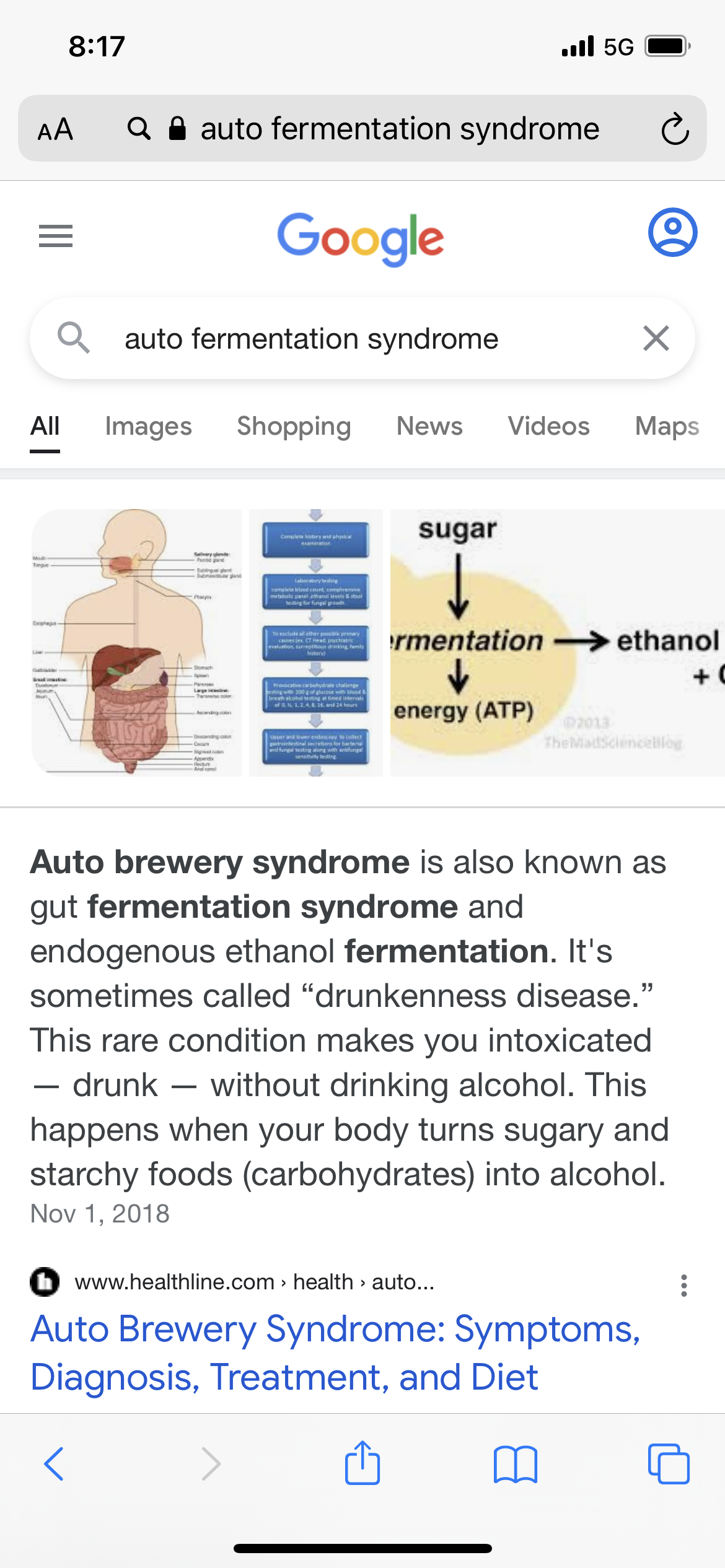The Experimenter
Well-Known Member
- Joined
- Dec 5, 2020
- Messages
- 88
- Reaction score
- 24
I don't know if this happens to everyone (I've only heard a few other people talk about it before), but drinking a brew with yeast that is still active in it makes me sick (usually not right away, but by the morning I'll be feeling it in my gut and will feel it for the rest of the day). As such, I am always trying to make sure the yeast is no longer alive / no longer active whenever I drink one of my homebrews.
I don't use Sodium Metabisulfite or Potassium Sorbate or any other chemicals to halt fermentation or to kill yeast. I don't got anything against the use of any of those chemicals, I'm just lazy and never bought any of them (yet). Instead, I just let the yeast do its thing until they stop on their own. I have tried heat pasteurizing wines, meads, and ciders after bottling, but it's not something I normally do because it is a process that takes time, energy, and planning (and once again, I'm lazy). Normally, I just cold crash my brews before consuming them (not for clarity, but to force the yeast into dormancy). This seems to work for me... I've never gotten sick from a chilled brew.
However, there are some brews I don't want to have to chill, mainly my wines (chilled wines are fine, I just don't want to HAVE TO do it). I'm relatively new to homebrewing and my first wine just hit 2 months of aging. I know that's still pretty young, but I wanted to try 1 bottle of it now just to see what it's like. As I was grabbing a bottle of it I paused to wonder... do I need to cold crash it? Is it possible that after 2 months in a closed system with no fresh sugars, nutrients, or oxygen that there are still yeast in there that are active (or that might easily reactivate when I drink it)?
So how long can yeast remain active in a brew after bottling? I know there are a ton variables to consider, but generally speaking what is the longest you'd see yeast remaining active for in a closed bottle during aging?
P.S. - I know some people are going to respond saying that if I have no problem with using the preservatives I mentioned to stop the yeast, then I should just start using them and then I don't need to worry about all of this... and maybe you're right, but that doesn't change the relevancy of this question in regards to the wines I've ALREADY bottled.
I don't use Sodium Metabisulfite or Potassium Sorbate or any other chemicals to halt fermentation or to kill yeast. I don't got anything against the use of any of those chemicals, I'm just lazy and never bought any of them (yet). Instead, I just let the yeast do its thing until they stop on their own. I have tried heat pasteurizing wines, meads, and ciders after bottling, but it's not something I normally do because it is a process that takes time, energy, and planning (and once again, I'm lazy). Normally, I just cold crash my brews before consuming them (not for clarity, but to force the yeast into dormancy). This seems to work for me... I've never gotten sick from a chilled brew.
However, there are some brews I don't want to have to chill, mainly my wines (chilled wines are fine, I just don't want to HAVE TO do it). I'm relatively new to homebrewing and my first wine just hit 2 months of aging. I know that's still pretty young, but I wanted to try 1 bottle of it now just to see what it's like. As I was grabbing a bottle of it I paused to wonder... do I need to cold crash it? Is it possible that after 2 months in a closed system with no fresh sugars, nutrients, or oxygen that there are still yeast in there that are active (or that might easily reactivate when I drink it)?
So how long can yeast remain active in a brew after bottling? I know there are a ton variables to consider, but generally speaking what is the longest you'd see yeast remaining active for in a closed bottle during aging?
P.S. - I know some people are going to respond saying that if I have no problem with using the preservatives I mentioned to stop the yeast, then I should just start using them and then I don't need to worry about all of this... and maybe you're right, but that doesn't change the relevancy of this question in regards to the wines I've ALREADY bottled.



